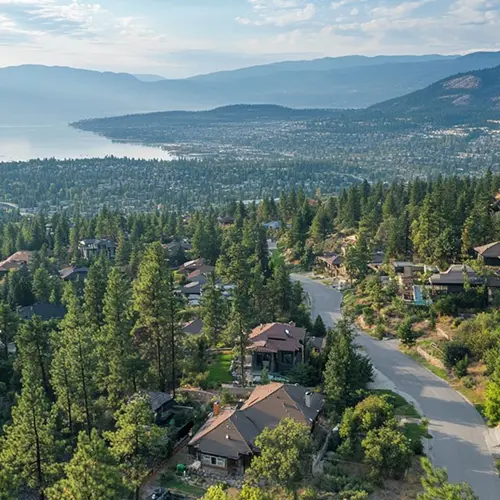Latin America’s real estate market stands at a critical juncture. While the region brims with potential, many projects remain trapped in stagnation. Developers often face entrenched challenges: landowners are risk-averse, relying on investors to carry the financial burden; financing remains expensive; and projects tend to repeat a formulaic, “plain vanilla” approach that fails to differentiate in a competitive market.
Amid these hurdles, wellness real estate emerges as a beacon of opportunity. Globally valued at $438 billion in 2023 and expected to grow to $913 billion by 2028 (Global Wellness Institute, 2023), this burgeoning sector offers more than just market appeal—it represents a paradigm shift in how developments can attract buyers, enhance communities, and deliver long-term economic returns.
Developments in Latin America often falter due to a lack of innovation and differentiation. This stagnation is not merely an aesthetic issue—it’s financial. Repetitive projects struggle to command strong interest, let alone a premium. Yet, wellness real estate flips the script by embedding health, sustainability, and lifestyle into the core of a project.
Properties with wellness features can command price premiums ranging from 24% to 146%, depending on the sector (Gensler, 2023). Beyond commanding higher prices, these projects also achieve faster market absorption as buyers today are not merely seeking shelter; they want environments that nurture health, well-being, and connection.
Consider the transformation possible when developers adopt a wellness lens. A mixed-use development offering biophilic design, smart health technologies, and community wellness centers could elevate the perceived value of an entire area. Such projects not only sell faster but also create ripple effects, increasing the value of surrounding properties and adjacent assets.
Latin America is already home to projects that exemplify the benefits of wellness real estate.
Serena del Mar, Cartagena, Colombia
Spanning 2,500 acres, Serena del Mar is a master-planned community that integrates residential, cultural, healthcare, educational, and recreational facilities. Designed by globally renowned architects, including Moshe Safdie, the development emphasizes holistic well-being. Key features include the Hospital Serena del Mar and the University of Los Andes Caribe campus. As of 2024, Serena del Mar has welcomed over 6,000 residents and sold more than 6,600 residential units, demonstrating strong market absorption and the community’s appeal.
Los Cabos, Mexico
In Los Cabos, wellness real estate developments focus on health-centric amenities, sustainable designs, and integrated communities. This region has successfully attracted both international buyers and tourists, capitalizing on the demand for lifestyle-driven properties with year-round appeal.
Costa Rica
Known for its eco-conscious culture, Costa Rica has seen early success with wellness-oriented developments. These projects often blend sustainability with health-focused amenities, appealing to eco-conscious retirees, digital nomads, and vacation buyers. Developers here have demonstrated how wellness concepts can integrate seamlessly with the country’s natural assets, creating communities that thrive economically and socially.
Over 700,000 Americans, Canadians, and Europeans are relocating to the region annually (InterNations, 2023). For these buyers, wellness real estate offers an irresistible proposition: healthier living spaces, sustainable practices, and vibrant communities.
Wellness properties cater to retirees seeking active lifestyles, tourists desiring immersive hospitality experiences, and local buyers wanting elevated urban living. By offering year-round appeal, these developments also mitigate seasonal demand fluctuations—a critical advantage in regions reliant on tourism.
The financial incentives of wellness real estate go beyond price premiums. Developers can achieve higher ROI through stronger initial demand, reduced carrying costs, and the ability to attract impact investors who prioritize health and sustainability initiatives. Furthermore, wellness-focused developments can revitalize communities by attracting complementary businesses, stimulating local economies, and creating new jobs.
To overcome the region’s real estate stagnation, Latin American developers must rethink their approach. Wellness real estate offers not only an opportunity to stand out in a crowded market but also a chance to create projects that are financially rewarding and socially impactful. By integrating wellness principles, developers can cater to a diverse audience, enhance property value, and foster economic growth across entire communities.
Will developers in Latin America embrace wellness real estate as the transformative strategy it promises to be, or will they cling to outdated models that prioritize short-term savings over long-term success? As consumer preferences shift and global interest grows, wellness real estate is not just an opportunity—it’s a necessity for the region’s next wave of real estate innovation.
innovation in this sector will shape its accessibility and appeal in the years to come.
